COVID-19 Reports
IDM worked closely with universities and departments of public health to conduct research and analysis on the COVID-19 pandemic that helped inform COVID-19 response efforts. Work presented here originates from IDM’S disease modeling research unless otherwise stated and attributed. All report results should be considered preliminary until published in a peer-reviewed research journal, at which point it will be added to the Publications page.
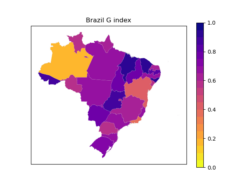
Bradley G. Wagner, Prashanth Selvaraj, and Stewart T. Chang
This 5th report gives a validated method and predictive subnational results for selection of vaccine-trial sites based on future COVID-19 incidence.
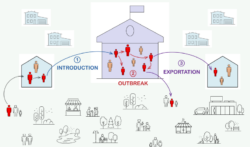
Daniel J. Klein, Cliff C. Kerr, Dina Mistry, Edward A. Wenger, and Jamie A. Cohen
The fourth report in the series, this report uses Covasim to look at health risks for COVID introductions into schools, subsequent outbreaks within schools, and exportation into the community.
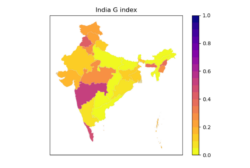
Bradley G. Wagner, Prashanth Selvaraj, and Stewart T. Chang
This report (4th in the series) provides a validated method and predictive subnational results for selection of vaccine-trial sites based on future COVID-19 incidence.
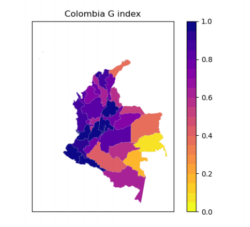
Bradley G. Wagner, Prashanth Selvaraj, and Stewart T. Chang
This report provides a validated method and predictive subnational results for selection of vaccine-trial sites based on future COVID-19 incidence. It will be updated regularly (this is #3 in the series).
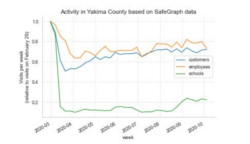
Rafael C. Nunez, Mike Famulare, Vincent Seaman, and Daniel J. Klein
Effective control of COVID-19 requires implementing the mix of NPIs best suited to the demographics, dominant industry, and other county-specific characteristics of a location.
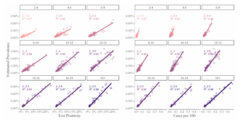
Roy Burstein, Mike Famulare, Niket Thakkar
This report provides a simple method to estimate COVID-19 prevalence using readily available data on test positivity and cases per capita.

Ian Painter, Gitanjali Singh, Juan M. Lavista Ferres, Ruth Etzioni, Barbra A. Richardson, Cathy Wasserman
Data through Dec 11 indicate that Re is still above one across eastern and western Washington.
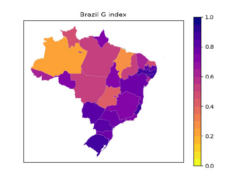
Bradley G. Wagner, Prashanth Selvaraj, and Stewart T. Chang
This report provides temporally updated results for the Nov 13 report ranking COVID-19 vaccine trial sites.

Niket Thakkar, Roy Burstein, and Mike Famulare
A new method that works in concert with IDM’s transmission model to jointly estimate weekly COVID-19 prevalence and incidence for 15 regions across WA state.
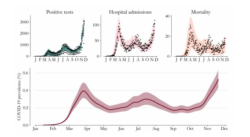
Ian Painter, Gitanjali Singh, Juan M. Lavista Ferres, Ruth Etzioni, Barbra A. Richardson, Niket Thakkar, Greer Fowler, Mike Famulare, Cathy Wasserman
Data through Nov 20 indicate that Re is likely 1.44 for western Washington and 1.33 in eastern Washington.
